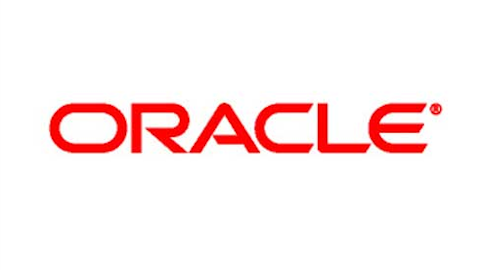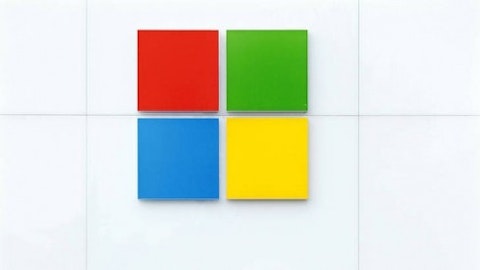A lot of people are concerned with the impact of the declining PC market on PC manufacturers, including Hewlett-Packard Company (NYSE:HPQ), Dell Inc. (NASDAQ:DELL) and Lenovo. However, only a few are concerned with the impact on PC chip manufacturers like Intel Corporation (NASDAQ:INTC). Intel is the dominant force in making PC chips, with a PC market share of nearly 80%. Intel’s Core chips are used in nearly all the laptops from some of the biggest PC manufacturers.

Intel Corporation (NASDAQ:INTC) doesn’t have a major chunk of market share in the growing tablets and smartphones market, but competitors NVIDIA Corporation (NASDAQ:NVDA) and QUALCOMM, Inc. (NASDAQ:QCOM) do thanks to their first mover advantage. However, Intel is trying to enter the market with heavy R&D expenditures and its latest processor line.
Valuation
Intel Corporation (NASDAQ:INTC) is currently trading between $21-$22 and has a market cap of over $108 billion. Intel pays quarterly dividends, with a current yield of 4.3%. Intel has a reputation in paying and increasing dividends regularly, which is why it is considered as one of the best dividend paying tech stocks. However, analysts at Bernstein Research believe that the company’s future dividend increases won’t be as big, in magnitude, compared to the previous years. That being said, Intel will definitely continue to improve dividend payouts every period even if the magnitude of the payout increase falls in the future.
NVIDIA Corporation (NASDAQ:NVDA), on the other hand, is currently trading around $12 with a market cap of $7.8 billion. The company’s stock has been on a decline after peaking at $14.50 last year, mainly due to the decline of the PC market; a segment where NVIDIA got its popularity in graphics. The company’s position in the tablets and smartphone industry is also not the strongest, due to increased competition.
QUALCOMM, Inc. (NASDAQ:QCOM) is trading around $65-$67 with a market capital of over $114 billion. Qualcomm’s recent growth is a result of its dominant position in the smartphones market. The reason why Qualcomm got so popular in the industry is because of its “first mover advantage” in releasing mobile chips featuring 4G LTE support, which is why the company has very strong position in the industry, specially in the high-end smartphones segment.
Even though NVIDIA Corporation (NASDAQ:NVDA) and Qualcomm have seen major success recently, Intel still looks like the better stock to invest in, with a forward P/E of just over 10 and a big yield.
Why the future looks bright for Intel
First, Intel Corporation (NASDAQ:INTC) will probably dominate the market for Windows 8 PCs. Even though the true PC market is declining, it’s still early to comment on Windows 8. The platform’s success lies in the sales of hybrid PCs, which use Intel’s Atom processor and can act as laptops and tablets.
Windows 8 tablets are also likely to get popular by the end of 2013. Manufacturers like Hewlett-Packard Company (NYSE:HPQ), Dell Inc. (NASDAQ:DELL), Samsung, Asus, Lenovo and Acer have already released their Windows 8 tablets. Even though some of these feature processors from QUALCOMM, Inc. (NASDAQ:QCOM) and NVIDIA Corporation (NASDAQ:NVDA), Intel’s strong history and partnership with Microsoft Corporation (NASDAQ:MSFT) will help the company to dominate this particular tablets market as well.
Intel Corporation (NASDAQ:INTC)’s long-term growth and success lies on its entry and performance in the smartphonesand tablets industry. Yes, Intel failed to capitalize on the opportunity and entered the market at a very late stage. Despite that, Intel’s current and upcoming low-voltage chips are just too good to ignore.
The company is working with smartphone manufacturing companies to get its processors into Google Inc (NASDAQ:GOOG)’s Android-based smartphones. Intel did receive some recognition in the industry with its partnership with Motorola in releasing the Razr i. Lenovo has partnered with Intel to release the K900 smartphone later this year. Other manufacturers using Intel’s Atom chips for upcoming smartphones include Asus and ZTE.
What could hold Intel back
Again, I have to mention Intel Corporation (NASDAQ:INTC)’s late entry into the smartphones and tablets market. Intel is playing catch up in market share and in technology, as Qualcomm’s latest chips already support 4G LTE connectivity, while NVIDIA’s upcoming Tegra 4 chip will also feature 4G.
Conclusion
NVIDIA Corporation (NASDAQ:NVDA) and QUALCOMM, Inc. (NASDAQ:QCOM), while currently enjoying success in the tablets and smartphones industries, might be frightened with Intel’s latest attempts to capture market share. Intel’s quality chips and history of making processors made the PC industry what it is today — the company is trying to do the same thing in the post-PC industry. Intel’s current stock price, along with its dividend history, should tempt investors. The company’s future growth and opportunities are numerous, and Intel might be the ideal tech stock to buy right now.
Yasir Idrees has no position in any stocks mentioned. The Motley Fool recommends Intel and NVIDIA. The Motley Fool owns shares of Intel and Qualcomm.



